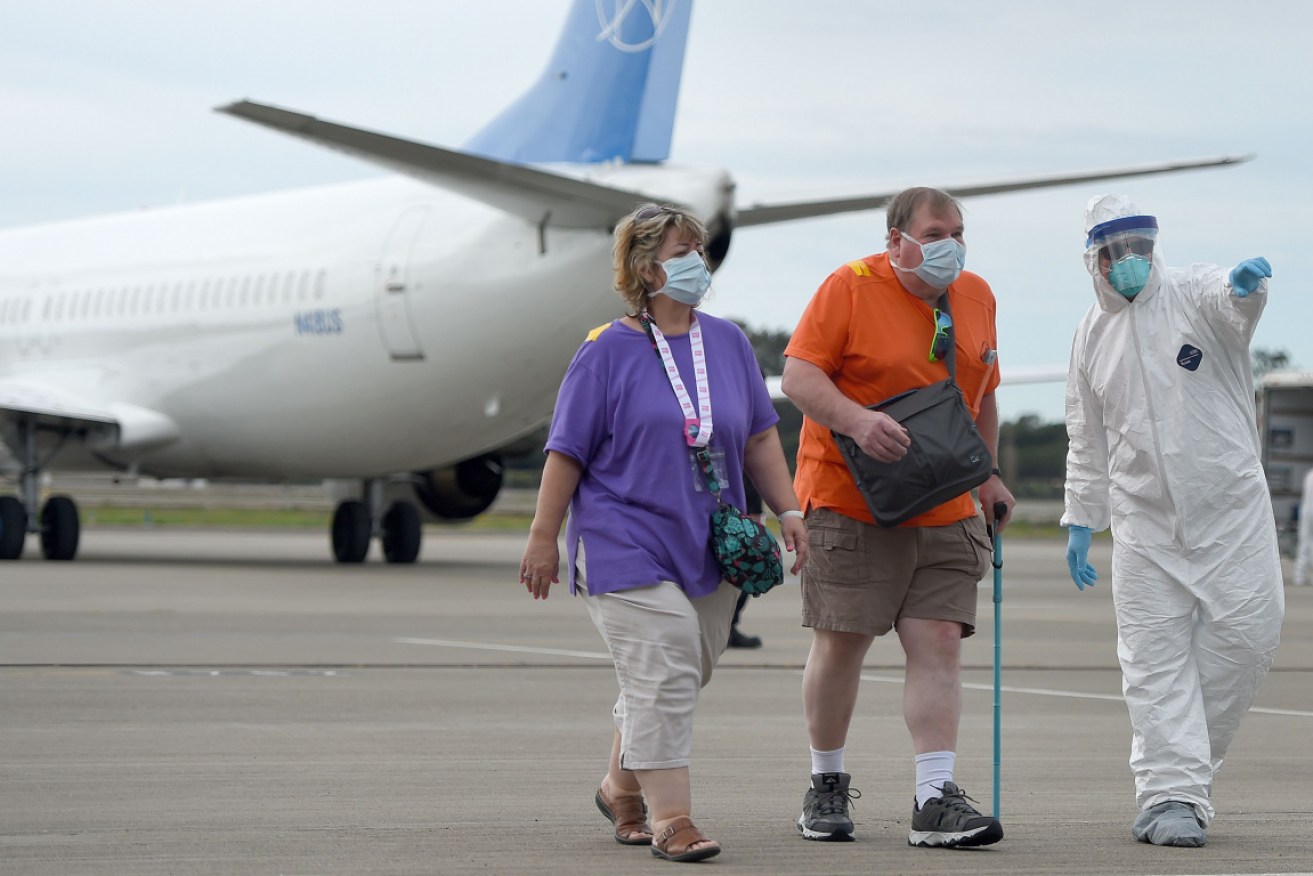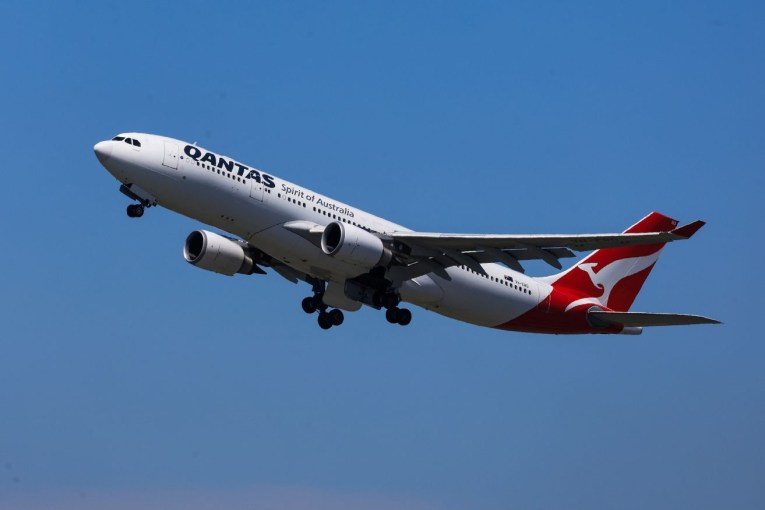If you really have to fly, then here’s what you must do


Travel is returning for people in many Australian states and territories. Photo: Getty
The dramatic spread of coronavirus around the world has flights cancelled, whole airlines grounded and billions of people urged to stay at home to keep themselves – and others – safe.
That last bit is good advice, according to Nobel Prize winner Professor Peter Doherty, whose research is mainly in the area of defence against viruses.
With overseas travel now off-limits for Australians, except in the most special of circumstances, he also urges caution on domestic flights.
“Domestic travel, airports and planes will be an increasingly risky environment as this ramps up,” he said.
But what if you really do have to fly – maybe interstate in an emergency? Are you likely to contract coronavirus (COVID-19) if you fly, and can you minimise the risk?
How do you catch coronavirus?
The World Health Organisation believes COVID-19 is transmitted like other respiratory illnesses, such as the flu, through droplets of mucus or saliva, or aerosols where particles remain suspended in the air.
Infection can be through close contact (defined as just under two metres and for 15 minutes or longer) with someone who has the virus coughing or sneezing, or through contact with surfaces contaminated by the droplets.
The WHO’s message is that your hands are the most likely place to pick up virus germs and that touching your eyes, nose and mouth is the most likely way to transmit them to your system.
So – whether you are flying or not – wash your hands well with soap and water for at least 20 seconds.
Use hand sanitiser if you can’t wash.
Don’t touch your face.
Where are the germs?
Research by US company Insurancequotes in 2018 showed the dirtiest places at airports include self check-in machines, armrests on seats at airline gates, and water fountain buttons.
Once on the plane, the dirtiest places are tray tables and seat buckles.
We’re talking thousands more bacteria and fungal cells than your normal toilet seat.
At the airport
Print and take your boarding pass if possible, or use a mobile boarding pass.
Keep your distance from people, especially anyone coughing or sneezing.
If you do stop to eat, check servers are using gloves and make sure surfaces are being cleaned regularly.

Japanese airline employees in face masks to limit the spread of the virus. Photo: Getty
The coronavirus kit
Pack anti-bacterial wipes and travel-sized alcohol-based hand sanitiser (60 per cent alcohol is recommended).
Take tissues to cover your mouth when coughing or sneezing, then dispose of them immediately.
Book a window seat – and stay seated
The WHO says you are most at risk of infection from people on either side in the same row, as well as the people in the two rows in front and behind.
Recent findings by two American researchers in a National Geographic Science Report reveal that if you have a window seat you have the least risk of coming into contact with an infectious passenger.
As people walk up and down the aisle, they are more likely to come into contact with people in aisle seats, even though contact is minimal.
If you are near the toilets, however, or the galley, you might find people standing there, and waiting for longer periods.
As the toilet is potentially one of the most germ-infected spots on the plane, minimise your trips to the toilet.

Book a window seat and try not to use the toilet much during the flight. Photo: Getty
Swab that seat
Before you settle down on the plane, use sanitising wipes to clean your area – tray table and arm rests, entertainment screen, seat buckle, headrest and window shade.
Also consider if you need to put things in the seat pocket, which might have had all sorts of rubbish (dirty tissues etc) in it.
The safety card and the airline magazine – especially at the end of the month – will have been well and truly handled.
Judging by the number of times passengers bob up and down to the overhead lockers, those handles are also high-touch and may be germy too.
How long do materials remain infectious?
There is no hard data for COVID-19 as yet, but it is known that with SARS contaminated materials could remain infectious for up to nine days, longer in a cold environment.
These pathogens thrive where it is cold and damp.
Don’t forget about that Centres for Disease Control and Prevention report. Read it here.

Remember to keep your hands to yourself. Photo: Getty
Is there something in the air?
Transmission is through droplets, not through the air.
Qantas, Virgin and Jetstar planes, like most modern aircraft, use HEPA (High Efficiency Particulate Arresters) aircraft filtration systems, “which filter 99.999 per cent of dust particles and airborne contaminants such as viruses and bacteria, ensuring the highest possible quality of cabin air”.
These filters are used in hospital operating rooms.
After the flight
The incubation period is thought to be two to 10 days [with five days the average], so watch for any symptoms in that time and if they do occur get medical advice.
Check the Australian government health department site for up-to-date information on coronavirus.
Key points












